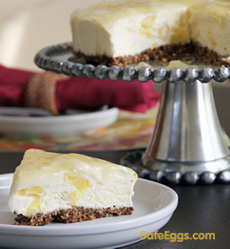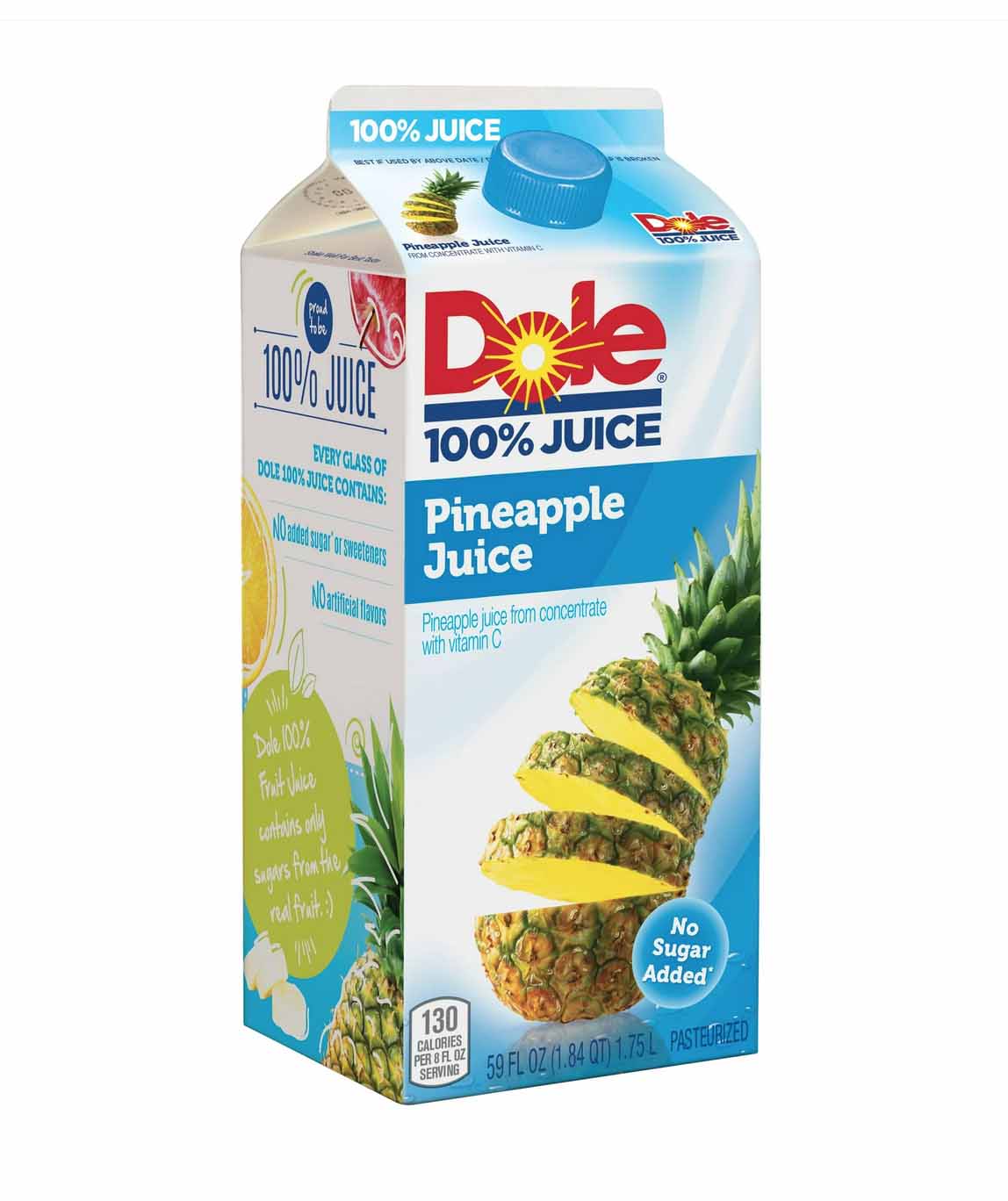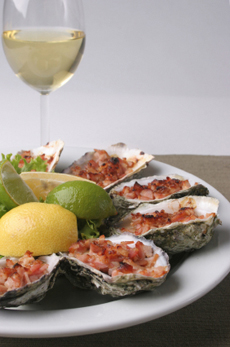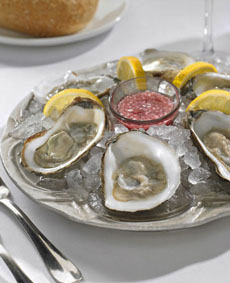
[1] Frozen, not baked (photo © Safe Eggs).

[2] Canned pineapple is easier, but fresh pineapple gives a much, much better flavor (photo © Produce Marketing Guide).
|
|
Following up on yesterday’s review of the No Cook, No Bake Cookbook, we have a no cook, no bake dessert for you: Pineapple Cream Cheese Cake.
It’s not from the cookbook. Rather, it’s the winner of the “No Bake Recipe Contest” sponsored by Safest Choice Eggs, pasteurized eggs that eliminate the worry of salmonella, especially in:
Recipes where the eggs are not cooked (Caesar salad, egg nog, mousse, steak tartare, etc.)
Cookie or cake recipes where you have the tendency to eat the batter before it’s cooked.
> Here’s more about pasteurized eggs.
> Here are 80 more cheesecake recipes.
> The history of cheesecake.
> The history of pineapple.
RECIPE: NO-BAKE FROZEN PINEAPPLE CHEESECAKE
The prep time is 35 minutes, freezing time is 6 hours.
Ingredients For 12 Servings
1-1/4 cups ground gingersnaps (about 5 ounces)
1/2 cup panko breadcrumbs
6 tablespoons melted butter
4 pasteurized eggs, separated
1/2 teaspoon cream of tartar
3/4 cup sugar, divided
12 ounces cream cheese, room temperature
1 cup pineapple, chopped fresh or crushed canned, drained well
1 teaspoon vanilla
1-1/4 cup whipping cream
|
Preparation
1. COMBINE the gingersnaps and panko in a medium bowl. Add the melted butter and stir until the crumbs are evenly moistened. For easy removal from the pan, first place parchment paper along the bottom of the springform pan. Then press the crust mixture onto the bottom of an 8- or 9-inch springform pan.
2. BEAT the egg whites and cream of tartar in a medium bowl with an electric mixer, until soft peaks form. Gradually add 1/4 cup sugar and beat until stiff peaks form.
3. BEAT the cream cheese and the remaining 1/2 cup sugar in a large bowl, until smooth. If using a stand mixer, use the paddle attachment. Add the egg yolks and beat well. Mix in the pineapple and vanilla.
4. BEAT the cream in another medium bowl until whipped. Fold the egg whites into the cream cheese mixture, then fold in the whipped cream. Pour the filling over the crust and freeze until set, 5 hours or overnight.
|
|
Ingredients For The Glaze
Check below for ways to use leftover pineapple juice.
1/4 cups sugar
4 teaspoons cornstarch
1 cup pineapple juice*
2 tablespoons dark rum (or to taste)
Preparation
1. COMBINE sugar and cornstarch in a small saucepan. Add pineapple juice, and stir until cornstarch is dissolved.
2. COOK over medium heat, stirring, until the mixture comes to a boil and thickens. Remove from the heat, add the rum, and cool completely.
3. TO SERVE: Let the cheesecake sit at room temperature for 5 minutes. Run a knife around the sides of the cheesecake to loosen it; remove the pan sides. Top the cheesecake with the glaze and cut into slices.
_________________
*If using a can of crushed pineapple for the torte, you can reserve the pineapple juice for glaze.
DOES FREEZING KILL SALMONELLA?
Alas, no, as can be seen from the recent outbreak of salmonella poisoning involving an ice cream product, reported food safety expert Dr. Robert Gravani, professor of food science at Cornell University, in The New York Times.
Freezing just keeps the bacteria in a state of suspended animation. When they warm up (in the case of frozen cheesecake, when they hit the digestive tract), they come back to life.
|
|

[3] (photo © Dole Food Company).

[3] Look for pasteurized eggs for any recipe with raw eggs (photo © Safe Eggs).
|
|
USES FOR LEFTOVER PINEAPPLE JUICE
Anti-browning: As with lemon juice, toss it with cut fruit.
Baking: Substitute for water in a boxed cake mix, for oil in quick bread.
Condiments: Add to barbecue sauce, homemade ketchup (recipe).
Cook with it: in brines, marinades, sweet sauces, substitute for water in pancake batter
Drink it: straight, in cocktails, in smoothies, in a spritz.
Freeze it: into ice pops, granita, or pineapple sorbet.
Dole Whip: Here are 8 recipes.
Salad: Add to vinaigrettes.
CHECK OUT WHAT’S HAPPENING ON OUR HOME PAGE, THENIBBLE.COM.
|
|










